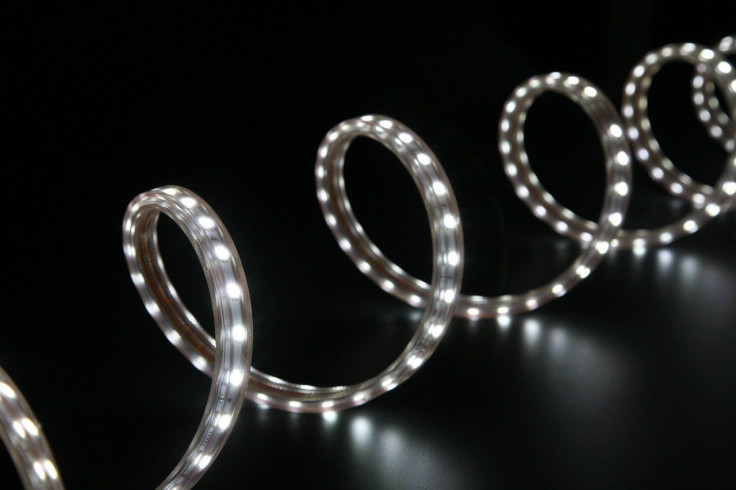LED Street Lights Spell Danger For Insect Populations: Study
KEY POINTS
- Researchers compared caterpillar populations on lit and unlit roadside sites
- They found up to 47% decrease in insect population at sites that were lit
- They also found evidence of light disrupting insects' feeding behavior
Insect populations are declining in contemporary times worldwide and LED street lights may be contributing to this crisis, a team of researchers found.
There has been "growing evidence" that insect populations have been on the decline in recent decades, the researchers of a new study, published in Science Advances, noted.
This is quite alarming as insects are critical parts of the world's ecosystems. For instance, some of them pollinate our crops and provide products such as silk and honey. Many of them are also important decomposers and they are also valuable food for many animals in the food web.
According to the researchers, artificial light at night (ALAN) is being "increasingly" recognized as a threat to ecosystem processes and has also been proposed as a "driver" of declines in insect populations because of how it disrupts insect activity.
For their study, the researchers looked at the possible effect of nighttime lighting on wild caterpillars in southern England by comparing 26 roadside sites lit by streetlights and an equal number of unlit, "nearly identical" sites, reported AFP. They used the caterpillars as the "proxy" for the nocturnal insects because they stay "within a few meters" of the place where they hatched before they learn to fly, the outlet explained.
"We focused on a relatively sedentary life stage (caterpillars), rather than adults, because this offers a clearer understanding of the impacts of ALAN at the population level," the researchers wrote. "By sampling larval stages, we hope to demonstrate the effects where insects live and develop (and not simply where they happen to fly past)."
Interestingly, the researchers found that streetlights "strongly" reduced the moth caterpillar abundance by a staggering 47% in hedgerows and 33% in grass margins compared to the sites that were unlit.
"We were really quite taken aback by just how stark it was," the study's lead author, Douglas Boyes of the U.K. Centre for Ecology and Hydrology, told AFP. "We consider it most likely that it's due to females, mums, not laying eggs in these areas."
They were only expecting a "modest" 10% decline, Boyes noted.
In a separate experiment, the researchers also found that the caterpillars in lighted areas were heavier, suggesting a disruption in their feeding behaviors. According to the researchers, this may be because the insects were feeding more to "rush" their development because of the "unfamiliar situation."
"My interpretation of that would be that a sort of evolutionary response when you've got something unknown is: 'we're going to develop as quickly as possible, to get away from this unknown thing so it'll all be okay.' So of course that means that the adults will be smaller. They may lay fewer eggs or not be able to fly as far," Boyes said as per Popular Science.
What's more, they found that the results were more pronounced under LED lighting, which has become more popular because of energy efficiency, compared to conventional yellow sodium lamps. The results are "worrying," the researchers noted, because of the shift in outdoor lighting from traditional lamps to white LED lamps.
"Overall, we demonstrate how established streetlights have detrimental effects on local caterpillar assemblages," the researchers wrote. "While further work is needed to unravel the relative importance of light pollution for insect population declines (especially compared to more pervasive threats such as habitat loss and climate change), our results show that ALAN acts as an important contributory driver for moth populations at the local scale, with ramifications for ecosystem processes including pollination and prey provision."

© Copyright IBTimes 2025. All rights reserved.






















